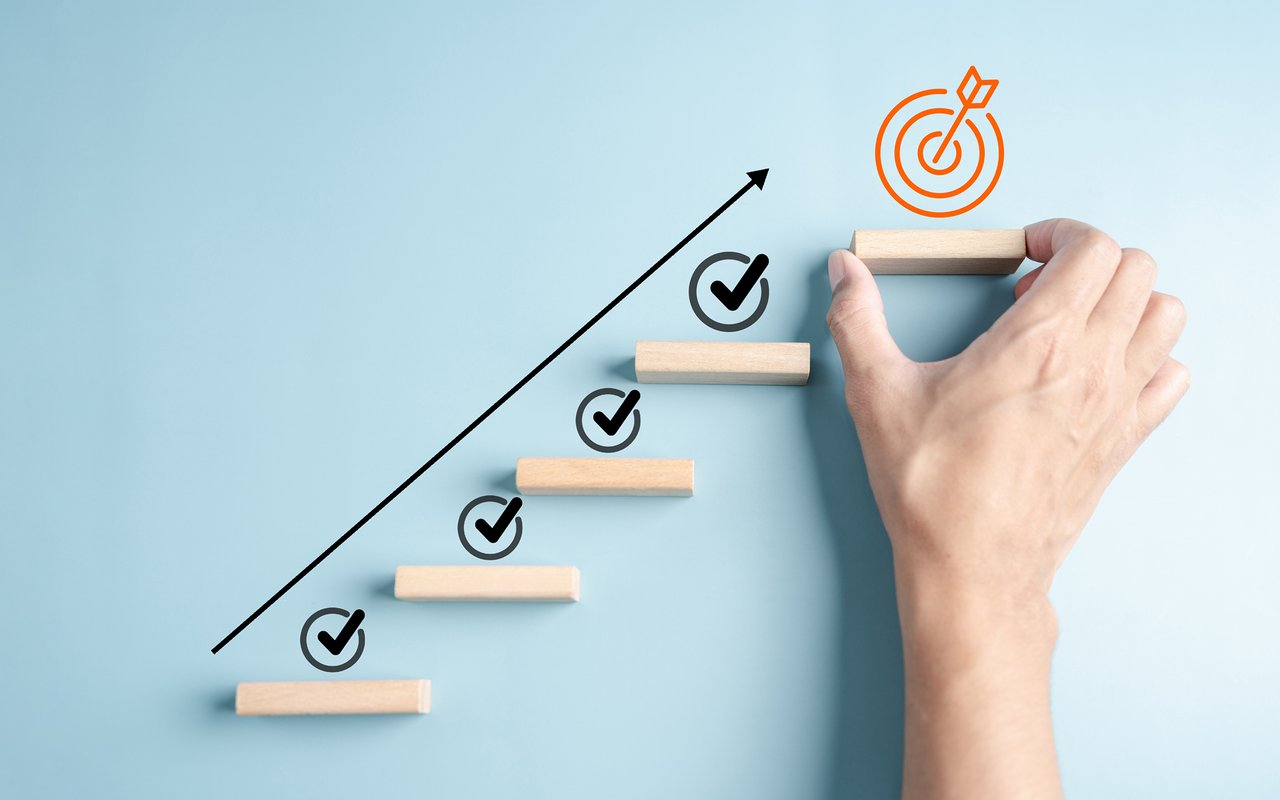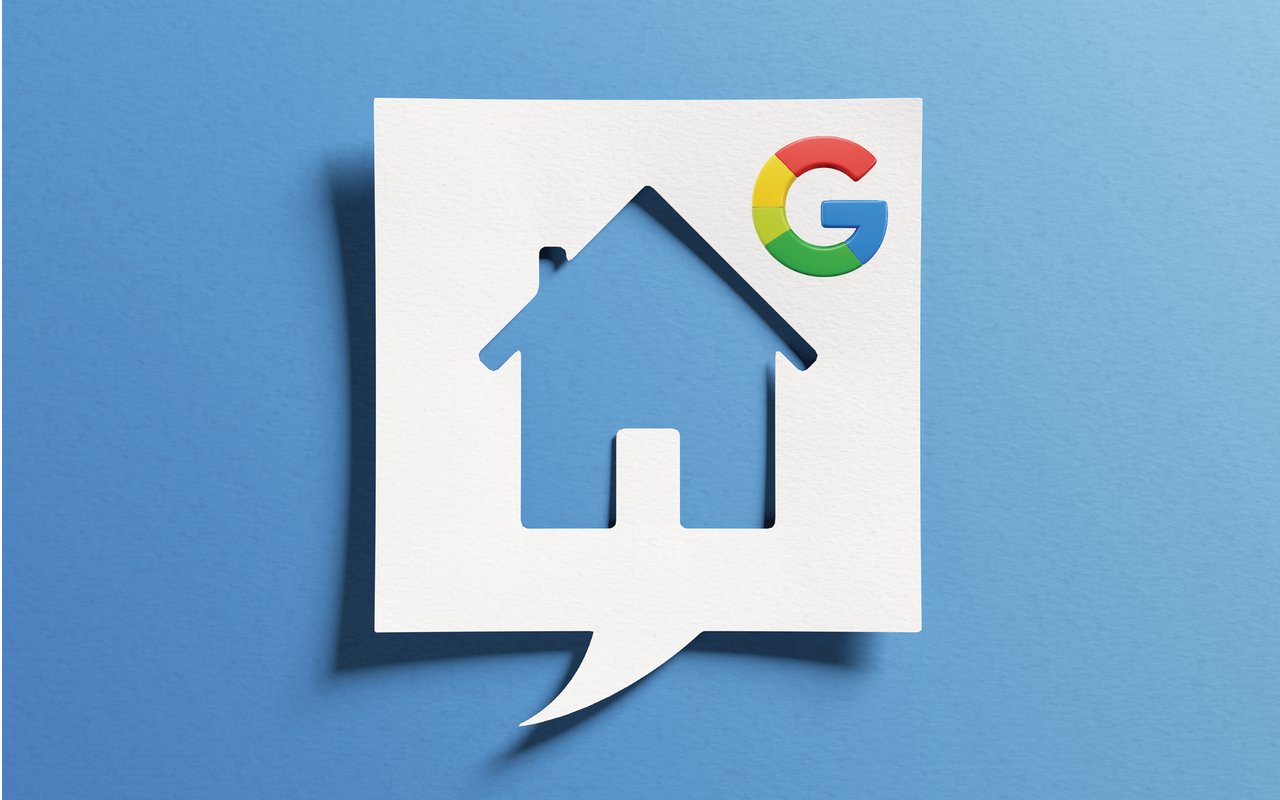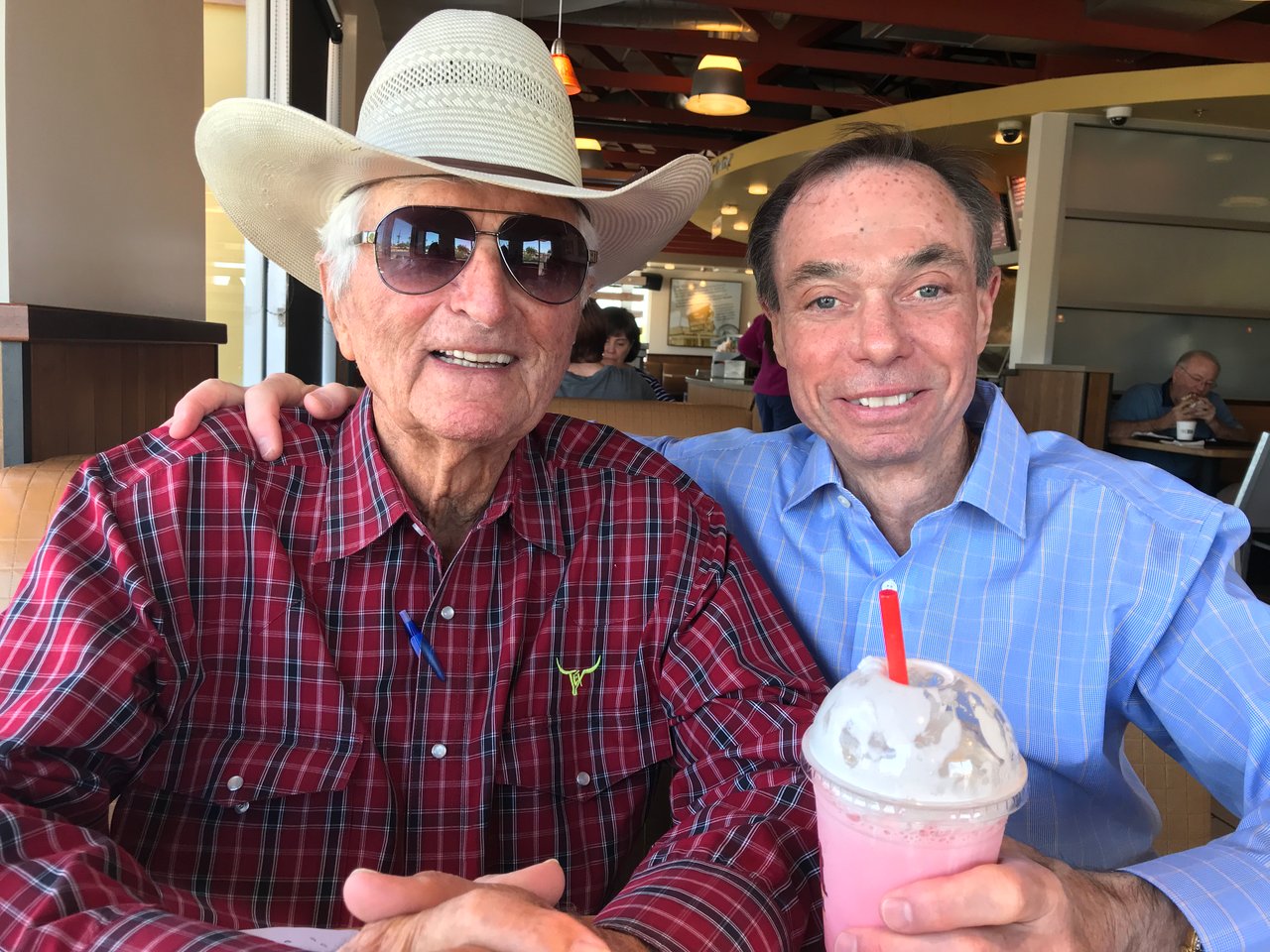Sep 2, 2021
They tried to keep it a secret. But the word leaked out. The company would release its first cell phone.
Underground photos circulated on the Internet. What would it look like?
Techies rumored the specs. How fast would it be? What features would it have?
The more speculation, the more interest. It became the hot ticket – the phone everybody wanted, but nobody knew much about.
It was the magic of marketing.
On January 9, 2007, Steve Jobs gave the world a peek at the new iPhone at the Macworld convention in San Francisco.
The big question – when would it be available? Apple announced that limited quantities of this coveted device would appear on the shelves of every Apple store on June 29th.
And so it began.
The cult of concrete campers willing to endure days of waiting to have an iPhone. It became a commonplace occurrence whenever Apple launched a new one.
So many people queued up to buy iPhones that off-duty police were hired to guard Apple stores overnight.
So, who waited the longest?
Greg Packer was the first to line up for the iPhone 1 at New York’s Fifth Avenue Apple Store. He waited for 110 hours (almost five full days).
Over the next few years, that record would be broken twice, but it wasn’t until the release of the iPhone 4S on October 14, 2011, that Rob Shoesmith set the record that has yet to be broken today. He waited for 240 hours!
Rob blogged the experience in real time and even nabbed a few corporate sponsors to pay for his food, camping gear, and the iPhone itself.
Ever see the old Memorex-Ella Fitzgerald TV commercial? It showed her singing live with her voice shattering a wine glass. Then you heard her voice replayed on Memorex tape, and the glass shattered again. Then you heard her voice with nothing on the screen except the shattering glass. An announcer asked, “Is it Ella or is it Memorex?”
Was it the iPhone, or was it the marketing?
“Good marketing makes the company look smart. Great marketing makes the customer feel smart.” (Joe Chernov)
Apple is a marketing master. It was the first major retailer to master the art of building buyer excitement and anticipation and creating buzz before a product was available to buy.
This strategy not only enabled Apple to sell more of its products, but it also allowed Apple to sell its products at higher prices.
Before Apple, the traditional philosophy was to put new products on the shelf, then market them and hope they sold.
By contrast, Apple’s approach was to pre-market a product, gauge public interest, and keep pushing (and adjusting) the marketing until demand built. Then they made limited quantities available so inventory sold out fast, with a plan to quickly replenish it.
Marketing is one of the most written about but misunderstood subjects in the world. In its simplest form, marketing gets attention, then inspires action.
It involves creativity, but being creative without understanding why is like being knowledgeable without being smart. It goes nowhere.
Once you get attention and prospects engaged, you must have a plan in place to create social proof, scarcity, and fear of loss. Do that well and your product will sell. It sure worked for Apple.
It doesn’t matter what you’re selling. Your car. Your home. Your advice. The strategy stays the same.
Say something that gets people’s attention. Give them an irresistible reason to contact you. Create social proof. Build an aura of scarcity. Inject fear of loss. That’s what Apple does, and it works.
I am proud that last month (in August) my company, 72SOLD, helped over 500 home sellers in our local market sell at premium prices, a new record. How? By applying Apple’s strategy to real estate.
We are well known for spending a lot more on advertising (over $1,000,000 per month) to market our websites and identify potential buyers for our homes. We build anticipation and excitement, but don’t begin showings.
One of our popular websites for buyers is SeeHomesFirst.com, a competitor to Zillow. Buyers sign up for the opportunity to be first to see the 15 – 20 homes we put on the market each day, before they are on Zillow or active in MLS. This gives us a huge database of buyers for our homes even before we put them on the market.
After we have identified the most interested buyers for a home, we show it to all of them on the same day in a compressed window of time. When so many buyers see each other coming and going, it creates a competitive environment and social proof that the home is highly desirable.
We create an aura of scarcity by being careful to portray each home as a one-of-a-kind property you do not want to lose. This is achieved by the unique (and well-known) way we present our homes to the public and make them stand out compared to other homes for sale.
Then we tell all interested buyers that our seller will evaluate their offers on a specific day at a specific time, leveraging the power of a deadline to create fear of loss.
There is an array of other things we do, from the unique way we photograph homes, to how we write ad copy, to what we say to make our homes stand out when buyers reach out, to our seven-step showing process for walking buyers through homes. It’s a well-planned marketing program intelligently designed to sell our homes at higher prices, like Apple’s marketing sells its products at premium prices.
Want to improve your marketing? Do what Apple has been doing for 15 years. That’s how to become a master marketer.




